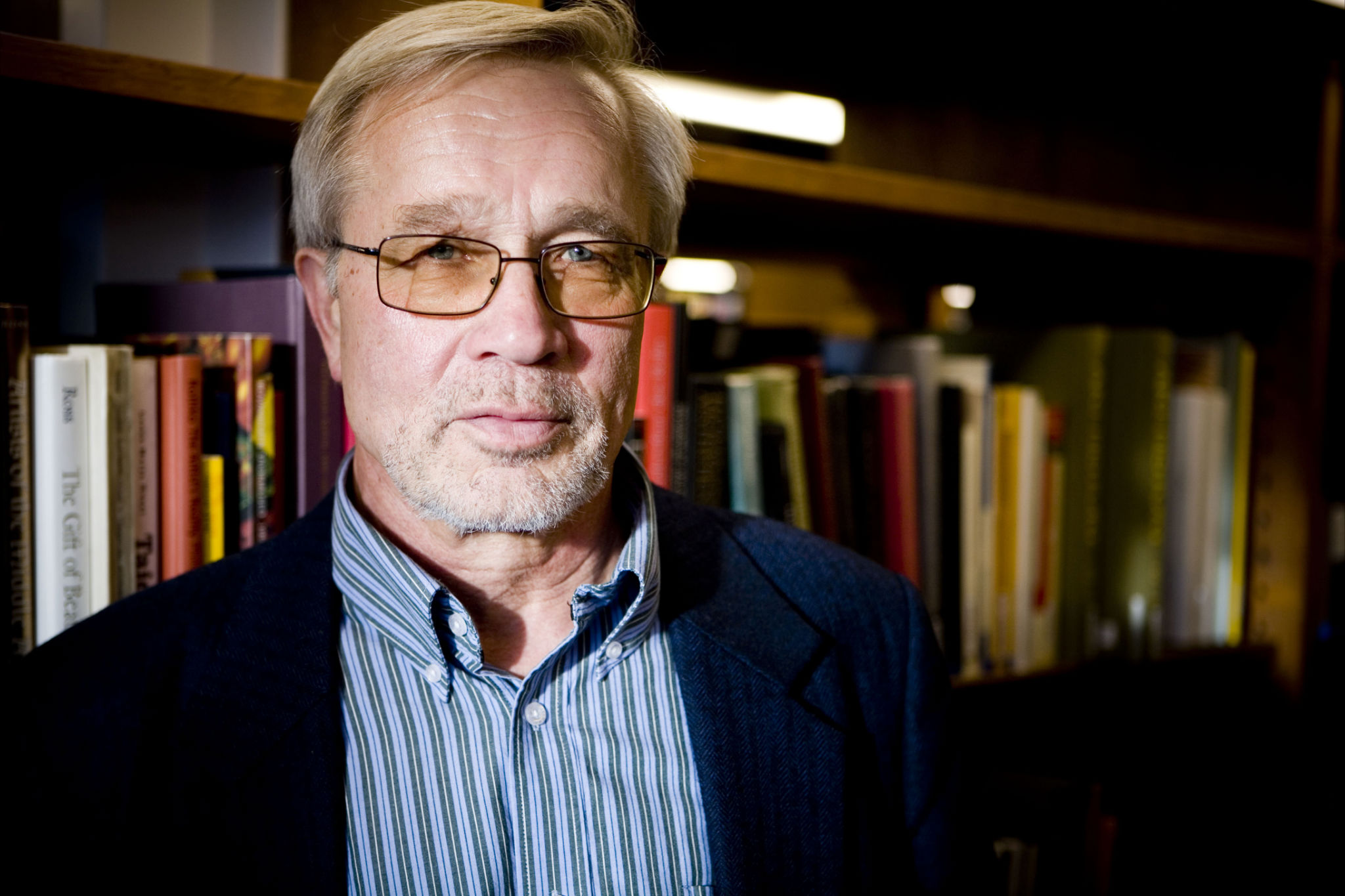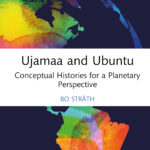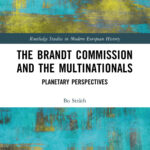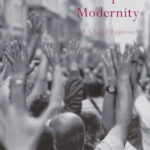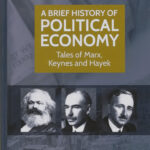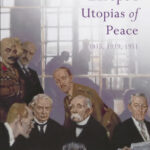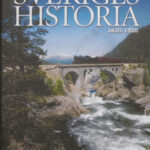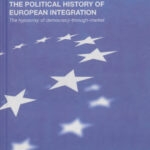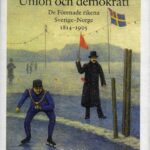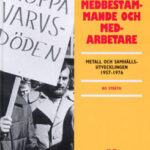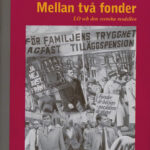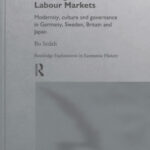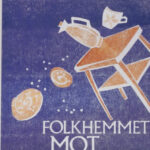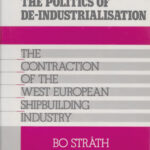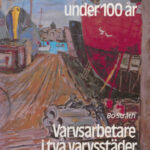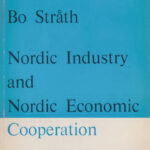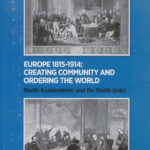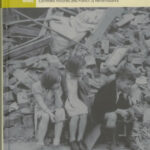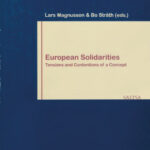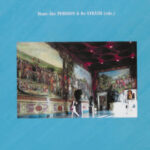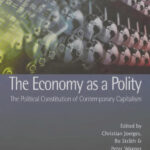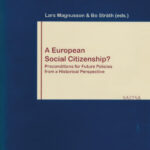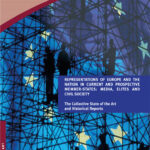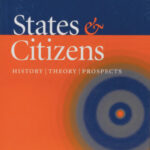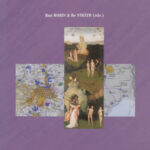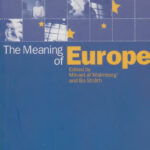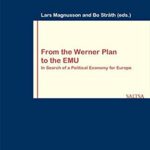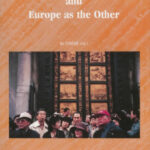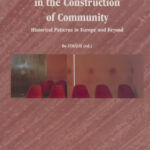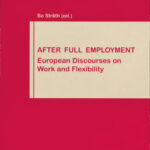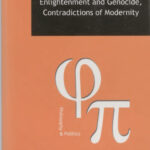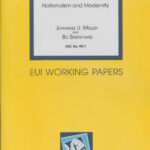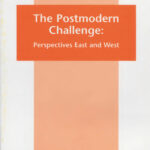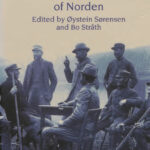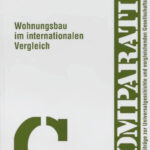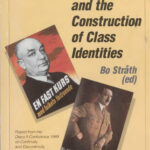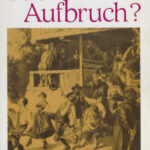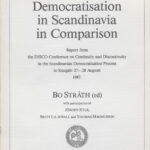Media and Ethics of a European Public Sphere: From the Treaty of Rome to the War on Terror
ERC Framework Project
Directed by James Kaye (EUI), Hagen Schulz-Forberh (EUI), Bo Stråth (EUI) and Anna Triandafyllidou (Eliamep, Athens)
The volume The European Public Sphere and the Media, edited by Anna Triandafyllidou, Ruth Wodak and Michal Krzyzanowski summarizes the research results.
Research Targets – Project Abstract
This project will make an innovative theoretical and empirical contribution to the study of the European public sphere. It will question the prevailing conceptualisation of public spheres as nationally bounded and developing together with the nation state. We will propose an alternative, networked, and fluid conception of the public sphere that, first, casts light on the historical background of the European integration process and, second, captures best the dynamic nature of the European public sphere, or indeed any public sphere in the 21st century. We specifically focus on the role of the media within this public sphere.
We argue – and we will show – that a European public sphere has existed already since the 18th century, even if in forms very different from today. We shall analyse its post-war development and transformation by studying mass media representations. More specifically, we shall meta-analyse the relevant literature on press and television representations and general discourses on Europe in the post-1945 period. The history of the European integration process, from the Treaty of Rome in 1957 until the War on Terror, which has not yet seen an end, is the historical scope of our research into the public sphere. Hereby, we will shed particular light on the conception and historical development of a European notion of ethics and its role within the public debate, a notion of immense importance in today’s debate on the legitimacy of a war on Iraq. The connection between the European public sphere and the ethics issue is a question of long-term value transformation. Our point of departure is that turbulent periods of dramatic change, often experienced as a crisis, are particularly fruitful for the study of European values and the representation of Europe.
We will empirically break new ground by investigating visual representations of Europe in various media types. We believe that today narratives of all characters, of power, of culture, of politics are encoded in a visual form of representation. Visual expressions today are a story-telling medium that does not need the help of another medium, that is, mostly text, in order to be understood. Ideas and meanings are encoded in visual language, and we will build an archive of these visual expressions, which will, for the first time, bring together meaning-making visual representations of a European character beyond the realm of traditional art, especially focussing on television, press photography, and the internet.
The Internet-based representations of Europe will be one of our key research targets with connections both to the issue of European visual imagery and to the question of a European public sphere. The internet has grown to become a medium of information only rivalled by television and the press. But the internet has a specific character in so far as the user is able to choose the internet site he or she wants to visit – and is thus able to individualise access to information. Internet sites concerned with the notion of Europe, official government and EU sites, and privately organised discussion forums will be part of the source material we want to analyse. Here, the question as to how far the growing possibility of access to a European public sphere influences or coincides with a growth of participation in a European debate as well as the visual imagery distributed on the internet, will be a crucial element of research.
When considering the character of mass media, the internet, even though massively used, cannot exactly be called a mass medium since its users have a wide variety of choices and can design their programmes according to their personal lifestyle; a direction television is also taking with the digitalisation of channels offering well over two hundred channels to the viewer and allowing personal scheduling of programmes. With the evolution of the new media, the public sphere of the 21st century thus becomes ever more complex, networked and with many pools of discussion, many debates taking place synchronically. We believe that it is only possible to understand this evolving new character of the public sphere when a fluid conception of the European public sphere is taken as a point of departure and when the history of this sphere is integrated in the analysis.
Moreover, we shall investigate the existence and evolution of national editorial cultures and their interior variations as well as their international relations from the post-war period until today, whereby we will concentrate on the global convergence of editorial cultures and media spaces in the last decade. We argue that editorial cultures, specifically characterised by their role as political and cultural as well as economic actors and meaning-maker, are influential, indeed decisive when researching the European public sphere. There cannot be said to be an objective way of representing facts. Editorial cultures always produce a pre-interpreted version of facts.
The concept of representation, thus, is another central part of the research on the European public sphere. We suggest thinking of representations in a new way. Rather than as a mirror of reality, they are understood as a forceful tool of meaning creation. This is not to deny the existence of reality; this is to claim that all representations are, from the very beginning, an interpretation of this reality and thus decisive in processes of opinion building, public debate, and identity formation. Representations of Europe shall be analysed and put into concrete context. We will ask in how far certain meanings, for example, the concept of ethics and the whole set of values attached to it (freedom, democracy, human rights, liberal economy, Western civilisation) are used and constantly negotiated. Today, the contention about how to define this set of common values is maybe the most decisive field of debate on a future European policy and indeed, a future world order.
In order to be able to reach the above-described research goals, we will follow a historical framework of the European integration history from the Treaty of Rome until the War on Terror. However, to reach more focus and to be able to carry out the complicated in-depth research we envision, we will divide the period under research into five-time slices. The first slice covers the mid-1950s and ends in 1957; the second slice frames the years 1961 to 1963; the third inquires the events from 1968 to 1973; the fourth encompasses the fall of the Iron Curtain from 1989 to 1991; and the fifth time slice begins -in 1999 and ends with the War on Terror, and has thus not reached its end yet.
All five periods of in-depth research are periods of international crisis. Indeed, the choice of these specific years is based on our belief that the history of European integration has been a history of constant crisis. Until today, the result of international crises has been a deepening of European integration. European heads of government always believed that a strengthening of integration was an adequate solution and, indeed, a possibility to prevent future crises. The moment of crisis we witness today, however, is an international one that is no anymore framed by the existence of two different political systems and, thus, tow different sets of ethics and values. Ever since the end of the Cold War, which had given the certainty of conviction to Western values as opposed to the Warsaw Pact states, the world has been negotiating the legitimacy of action against the same background of values, Western ones.
We follow this historical process up to the present by researching the media and the public sphere and by incorporating a comparison regarding Western and Eastern European countries. In conclusion, we shall assess the existence and nature of a European public sphere and of the role of the media and of different editorial cultures in its formation and change. By starting from a different understanding of representation and of the history of the public sphere, we will suggest novel ways of thinking about the public sphere that are pertinent to the open, fluid, networked character of the European society.
Work Packages
WP1
1) Historical analysis of the European public sphere, showing the emergence of a public sphere in the 18th century but mostly assessing its special character since the 1950s. Coverage of the history of communication between Western and Eastern Europe, including a publication on the subject.
[Hagen Schulz-Forberg / James Kaye, EUI]
2) Meta-analysis of studies on press and television. The transformation of European values and of representations of Europe in the five-time periods identified. Focus on the Cold War as the main moment of crisis and change. This meta-analysis should include both Western and Eastern European media studies.
[WP2: Text analysis of the press and radio: Brigitte Busch, Ruth Wodak, Wien (also covering Poland and Czech Republic); Jessika ter Wal, University of Amsterdam/ERCOMER, NL; Andras Kovacs, Budapest, Hungary]
[WP3: Text and audiovisual analysis of television: Ruth and Brigitte and their collaborators in Wien; Igor Zagar, University Ljubljana; Anna T, Greece]
3) Comparison between Eastern and Western Europe discourses/representations/values/images.
[WP4: all partners involved – EUI leading and preparing one or more publications]
4) To study the emergence and nature of the contemporary European public sphere:
a) WP5 Visual archive of images of Europe (since the late 1970s or 1980s)
b) WP6 Internet as an example of the European public sphere today (1990s and beyond)
[James Kaye and Hagen Schulz-Forberg, EUI; Richard Kearney, USA; Anna Triandafyllidou, Greece, Jessika ter Wal, Netherlands]
5) Editorial cultures:
a) WP7 Meta-analysis of earlier studies, identification of main editorial cultures in Europe – Western and Eastern – and the US.
b) WP7 Study of today’s situation: the globalisation of editorial cultures.
c) WP8 Assess the impact of editorial cultures on media production: representations of Europe and its role in the world. Relate/contrast findings to 1, 2, and 4 above.
[John Horgan, Ireland; Armand Matelart, Paris;]
6) WP9 Assessment of the empirical findings concerning the existence and nature of a European public sphere and of the role of the media and of different editorial cultures in its formation and change.
[all but one partner should have the lead and do the writing on this WP]
7) WP10 Discussion of how we can reconceptualise the public sphere in ways that are pertinent to the open, fluid, networked character of the European society (supersede the prevailing model of bounded national societies in which territorial and cultural boundaries coincide.
[Bo, EUI; Ruth, Wien; more?]
WP11: Management of the project
List of partners
Bo Stråth, James Kaye, Hagen Schulz-Forberg, HEC and RSCAS, EUI, Italy
(contemporary history with a particular reference to European modernity and processes of community construction, media studies, communication studies)
Anna Triandafyllidou, ELIAMEP, Athens, Greece (sociology, discourse analysis-qualitative, communication studies, southern European countries, EU integration)
Ruth Wodak, Brigitte Busch (plus Polish and Czech collaborators), University of Vienna, Austria (discourse analysis, regional studies, collective identity, media studies)
Armand Matelart, University of Paris, France (international communication, discourse studies)
Jessika ter Wal, University of Amsterdam or ERCOMER, The Netherlands (linguistics, expert on Austria and Italy, discourse analysis)
John Horgan, University College Dublin, Ireland (professor of Journalism, media and journalism studies)
Paula Diehl, Prof. Seifert, Humboldt University, Berlin, Germany (media studies, cultural studies)
Andras Kovacs, Budapest, Hungary
(quantitative approach, sociology, media studies)
Richard Kearney, Boston, USA
(philosophy, discourse)
Igor Zagar, University of Ljubljana, Slovenia
(discourse analysis)
